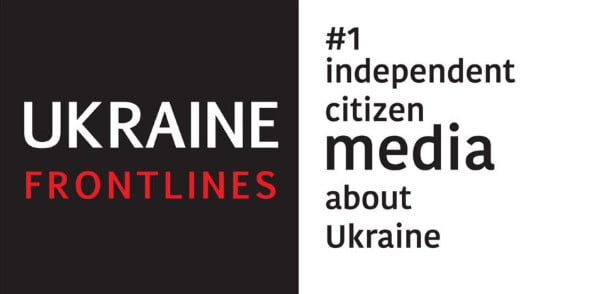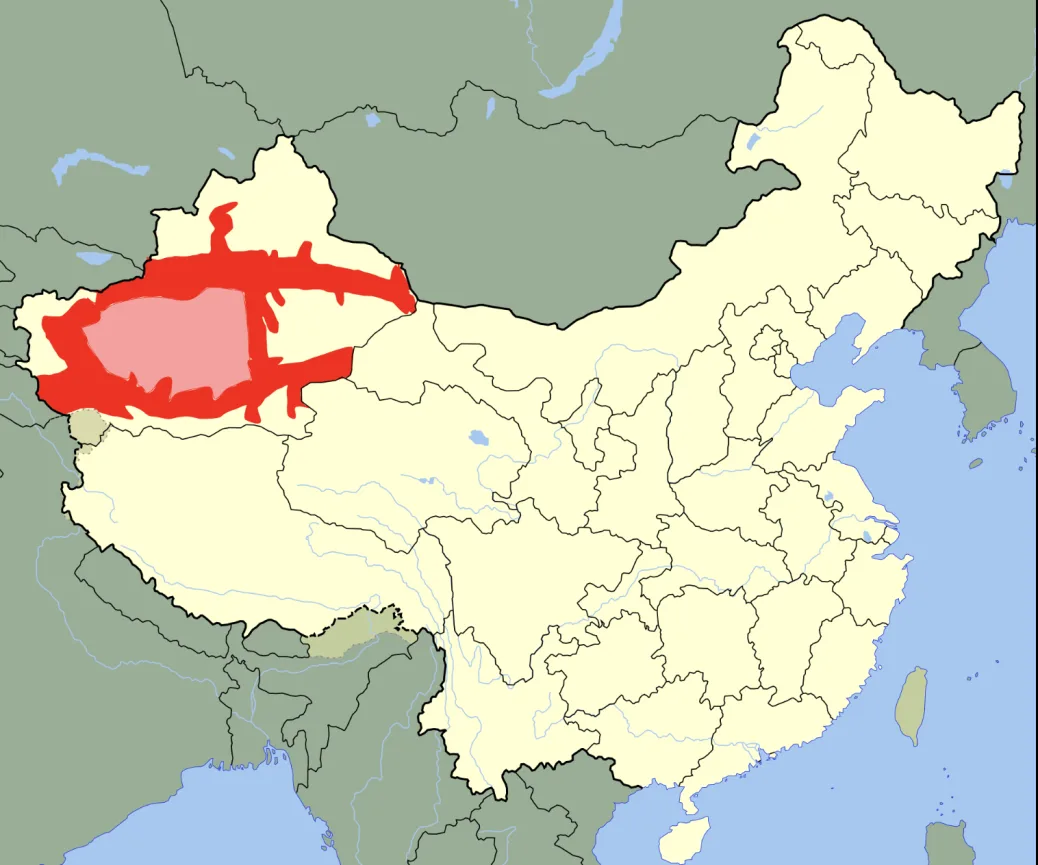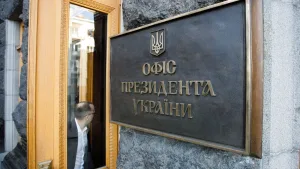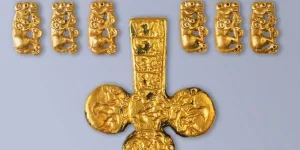The Russian language is a surzhyk of several languages and dialects. In Muscovy, until the 15th century, they used and wrote in the Uighur alphabet.
It was only from the second half of the 15th century that they started transitioning to Cyrillic.
There are no “Russian” acts from the 13th century and earlier. The early ones are forgeries from the mid-15th century.
Acts from the 15th century are actually forgeries from the 16th century.
The genuine document from the end of the 15th century that has survived is signed by a clerk using Uighur letters.
This is not a diplomatic document from one country to another.
It is an internal civil document.
The Uighur script was used in the country just like in the Golden Horde and by the Timurids, believes the founder of Soviet source studies and historiography, Doctor of Historical Sciences, Professor S.M. Valk.
The original letter of Vasily the Dark from 1435 contains inscriptions in Uighur script.
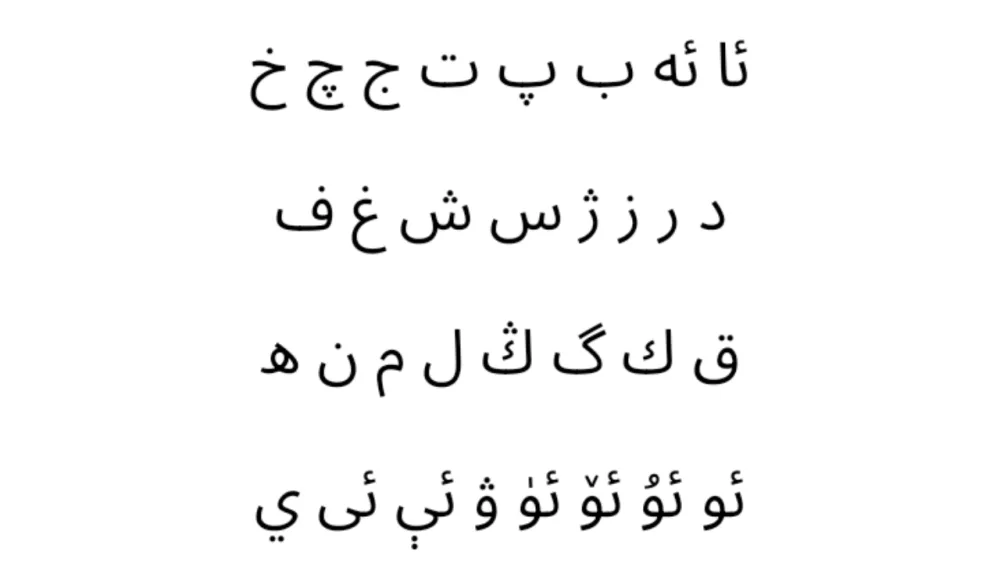
In the will of 1453 of Empress Sophia, the widow of Vasily the Dark, the date is written in Uighur – “the 60th year in the month of January.”
The letter of Mykyta Kozlov to Ivan Pavlov, who first bought him “in captivity,” dated May 23, 1494, bears the seal of the clerk with a signature in Uighur letters.
Uighur script comes from Sogdian writings, an alphabet adapted to Turkic languages.
Over time, it was replaced in some places by Cyrillic and in others by Arabic.
The formation of the Russian language began with Peter I.
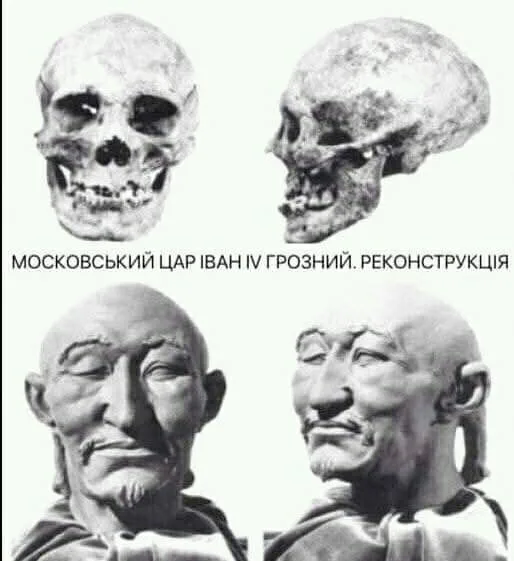
The Russian language is a surzhyk of several languages and dialects; essentially, it is an Esperanto of Old Bulgarian (Church) plus Turkic, Finno-Ugric adverbs, Ukrainian, Greek, Polish, German, and Latin words.
And it has semi-Finnish grammar.
From a linguistic perspective, Russian should be called not “East Slavic,” but “Finnoslavic.”
Tags: History Russia Ukraine